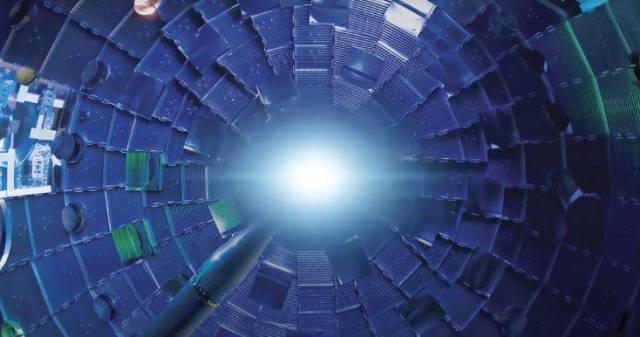
Image source: topwar.ru
According to a government official who wished to remain anonymous, scientists at the federal nuclear weapons facility have made potentially significant progress in research on thermonuclear fusion, which in the future could lead to the creation of an abundant source of energy.
This is expected to be officially announced on Tuesday by the Department of Energy, which said a "major scientific breakthrough" had been made at Lawrence Livermore National Laboratory in California. The planned public event will be attended by Secretary of Energy Jennifer Granholm, White House staff and other representatives of the Department of Energy.
The Financial Times reported on Sunday that the scientific work uses the NIF installation, which uses giant lasers to create conditions that briefly simulate the explosions of nuclear weapons.
A scientist familiar with the results said that the thermonuclear fusion experiment at NIF achieved so-called ignition, when the generated fusion energy is equal to the laser energy, which triggered the reaction.
Such a development could give the United States the ability to maintain its nuclear weapons without nuclear testing and possibly lay the foundation for future progress that could one day lead to the use of laser fusion as an additional source of carbon-free energy.
Although it hasn't been publicly announced yet, the news has spread quickly among physicists and other scientists studying fusion. Nuclear fusion, which repeats the process taking place inside the Sun, is considered by the scientific minds of many countries as a possible solution to the global energy problem.
In this case, it is a thermonuclear reaction that drives, so to speak, the Sun and other stars — the synthesis of hydrogen atoms into helium. According to Einstein's equation E=mc2, the difference in mass is converted into an energy release.
Thermonuclear fusion, which could be produced in a controlled manner on Earth, could mean the emergence of an energy source that does not produce greenhouse gases or dangerous long-lived radioactive waste.
